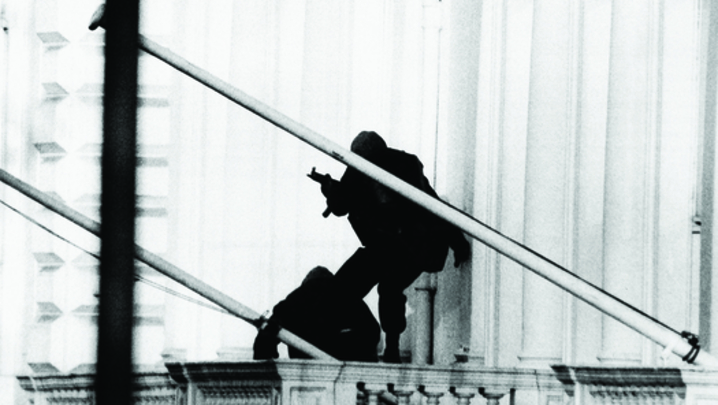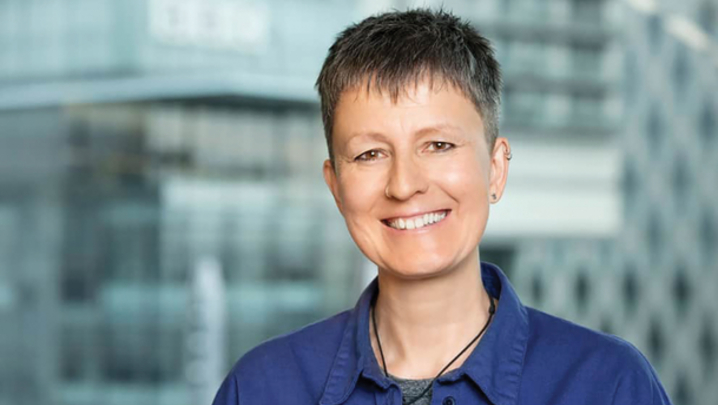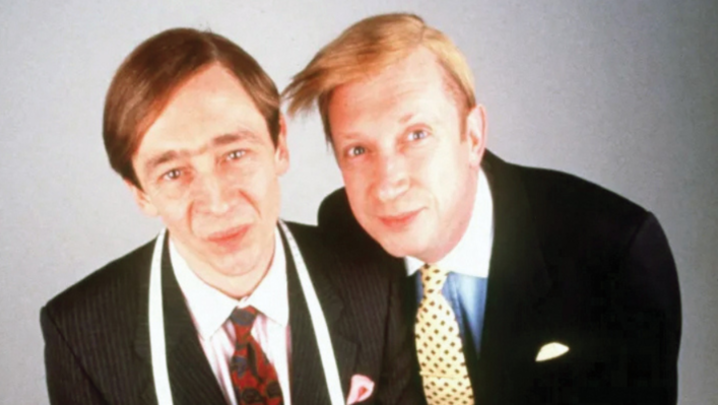From January, all BBC commissions must be certified by the Albert sustainability scheme. Caroline Frost explores the implications.
“No one takes a taxi without me knowing about it. Every little bit of movement gets tracked. I have a lot of spreadsheets and things are always being added, so I never take my eye off any of it.”
Alison Sill, a freelance production co-ordinator fresh from the set of BBC TV drama Guilt, filmed on location in Edinburgh, is bubbling with anecdotal evidence of just how much effort she and her team have put into hitting their sustainability targets.
“Hotels, taxis, trains, planes… we ask everyone if they will take a train. If they really can’t, then we’ll get them on a plane, but we’ll do everything we can to avoid it. What fuel can we generate to power the set? We measure materials – how much wood and paint are being used in construction?
“We track our waste and use companies that report back ‘how many skips you had uplifted, how many bins you had taken away, how much recycling, how much landfill’. We log how long we are in offices [and] whether they’re open-plan or have air-conditioning to provide [an estimate] of how much power we use. We log… everything.”
Sill’s colleague, producer Eric Coulter, agrees: “We do lots of things electronically now – contracts, schedules. DocuSign has become the norm. I never print scripts any more. My bag’s become a lot lighter.”
Such is the effort involved for the entire cast and crew of a BBC-commissioned production in earning a prized Albert sustainable production certification. But what does that mean exactly, and how does it work?
The 2,500 hours of TV created in a typical year by BBC Studios all fall under the net zero target framework of the wider corporation and fit into the organisation’s strategy to make sustainability central to audiences’ understanding and engagement, which is three-pronged:
= “On-screen portrayal”, such as the recent collaboration by soap stars across different channels to discuss climate change;
= The championing of world-class sustainability experts, such as Greta Thunberg and Sir David Attenborough;
= Encouraging productions to take appropriate actions.
The last is where Albert comes in. Ten years ago, the BBC created a digital tool – named after EastEnders’ famous square – to measure each production’s carbon footprint. It then made the key decision to give this to Bafta, so that the technology could be adopted by every creative working in the industry.
“That meant that everyone could contribute to making it a more sophisticated tool,” explains Sally Mills, BBC Studios’ head of operations and sustainability lead. “At BBC Studios we introduced a target in April 2020 for all our productions, BBC and third-party, to be albert certified and last year an impressive 98% of our productions achieved this”. For the BBC, all commissions from January 2022 will have to be Albert certified.
The Albert scheme is twofold, encompassing both “the footprint” and “the carbon action plan”.
Carys Taylor, Bafta’s director of the scheme, explains that “the footprint gives the team members a sense of where their impacts are, while the action plan involves filling in a form of 60 or so questions ahead of production. This shows expectations, likely high-impact areas and plans to reduce their carbon footprint, eliminate waste and monitor supply chains.”
To be certified and gain the Albert logo, the production team must then provide evidence, which Taylor assures me “is assessed by a human being, with spot checks to ensure the accuracy of the data”. Only then does Bafta hand over the cherished footprint logo – hence Sill’s heroic efforts to log all those taxis.
Bafta supports the scheme with a catalogue of training resources, advice and tips. There are also partnerships with universities and expanding editorial opportunities to explore sustainability in storytelling.
“It’s not just policing,” insists Taylor. “It’s about providing knowledge, resources and guidance plus a wealth of collaborative experience and learning. The calculator can seem quite robotic, but it’s about bringing people on this journey, and enabling creatives within the industry to inspire a sustainable future for all.”
Everyone on this journey agrees that the size and location of a production will massively affect the carbon emissions. However, across the board, the two biggest problems are transport and power. “As technology improves around alternative fuel for generators, we’re beginning to see a difference,” reports Taylor. “Plus transport was massively reduced during the pandemic – it was one of the few benefits.”
The kind of incentives that might accompany certification, Taylor makes clear, remain up to the broadcasters. It is clear, however, that Albert certification, if not yet universally mandated, is becoming an expectation across the industry. For the 2022 Bafta Awards, entrants will be asked whether they have achieved certification, and Taylor favours the creation of an additional green storytelling award.
For Mills at BBC Studios, sustainability is at the heart of her commercial business. “Not just reputationally, but for talent attraction,” she says. “Like diversity, it should just be embedded in everything we do.”
But, while she applauds the collective mindset in addressing the challenges, she recognises that there are obstacles yet to be overcome: “One challenge is matching that desire with resources, creating the infrastructure to support these initiatives. Everyone wants to use electric vehicles. It might be that you are filming in such a remote place that you can’t plug in, or you can’t source a vehicle because there simply aren’t enough everywhere.
“Equally, fast-turnaround shows can be hectic, crewing up overnight, where people are trying to gather all this evidence on the fly while simultaneously following health and safety protocols and all the other requirements. The [Albert] tool takes into account, that you might have to submit what you can and follow up afterwards.”
On the other hand, she points out the innovation that came to the fore during lockdown, including when The Big Night In was sourced mainly through user-generated content on Zoom and Winterwatch used local crews and hydrogen generators. She says: “This is an opportunity for people to think differently, both on the operational and creative sides.”
Coulter agrees, and reflects: “Everyone has to buy into it editorially, too. Can we put a recycling bin in the kitchen of a scene? Can a character take public transport instead of driving? Soon, I predict we won’t be showing paper cups on screen, it’ll be as odd as seeing someone smoking.”
Danielle Mulder, the BBC’s first director of sustainability, is charged with leading the corporation to its target of net zero carbon by 2030. She is confident that no stick or carrot is required for the Albert scheme to continue to evolve.
She says: “The production teams all want to do this. There isn’t a stick needed. What we want to do is to bring it to life and make it real for people. They know what the ask is and what the solutions are. This isn’t going away, so we want everyone to get comfortable with that.”
While signing up to the scheme is free, one of Albert’s biggest tools is its provision for companies to offset their carbon footprint with a financial sum. “Our mantra is: avoid and reduce – but what is left, you can offset,” explains Taylor. “There’s an incentive to get it as low as possible, so the fee is as low as possible. Our scheme costs £9 per tonne, but it isn’t mandatory to use ours to achieve certification.”
Over on the set of Guilt, where Sill is monitoring all her log sheets and entering fresh data into her Albert calculations, wherever possible replacing tungsten bulbs with LED lighting, she attests to the deep sense of satisfaction of seeing that offset figure reduce in real time.
“It makes you want to look for new solutions,” she says. “It makes you think: ‘What are we doing already, and how can we keep going?’”







